Dunya: Delving into Punjabi cinema
The movie attempts to break the stereotype of the macho male protagonist.
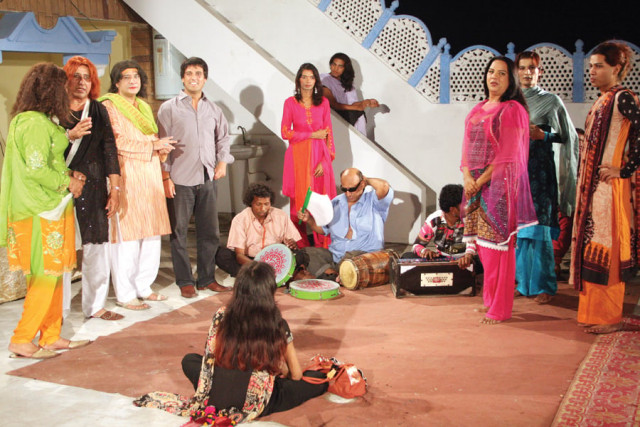
Cast and crew members filming scenes from Dunya. PHOTOS: ABID NAWAZ/EXPRESS
In many ways, the film Dunya reads like a well-produced home movie. There is no doubt that if director Shahid Rana was less stubborn; he would have evolved into a very distinguished director, rather than a has-been. His past works include Kalka (which brought Sultan Rahi into jeans and shirts for the first time, and then Goonda. Rana has always been the outcaste director, better than the status-quo old Lollywood, but rigid to the point that he won’t make the compromises necessary to become an A-grade director once again.
Dunya is particularly interesting, because it is an attempt by old School Lollywood to push a new narrative through cinema. The argument is that this film attempts to engage and reinterpret Punjabi culture so that it can move beyond the chauvinist narratives of the past, and into a more modern realm. By modern, we mean a contemporary world, in which life is experienced through power and the nature of development. Social contradictions become more prevalent, and provide a base for new cultural narrative.
Traditional Punjabi films still, to a broader extent, reaffirm Punjabi culture through its most salient feature, the Punjabi male. This project probably has its roots in the film Maula Jutt. It has been said that Dunya was also part of the effort to reclaim Punjabi culture in the face of insecurity surrounding the Urdu language. The uncouth male would romance his leading lady, and do similar things as the traditional hero but with air of aggression. Punjabi cinema’s infatuation with the macho male character has never been really challenged, since it is seen as very personalized project amongst filmmakers.
Dunya, could quite possibly have been a hit twenty to thirty years ago. It stars Rambo, an idealistic young man who is forced by society’s injustice to move from his innocent life of the village to the city after his sister Saima is forced to pay a hefty dowry in order to secure her marriage. It is in the fast-paced and scheming environment of the city, that his troubles start. Rambo, as clichéd as it could be, rides in on a horse, only to have his horse and donkey stolen. From there on, his troubles begin.
From a dark place in society, where everyone has abused the main character, it is Shafqat Cheema who appears as an unlikely saviour, a khwaja sira (transgender) called Guru Ji. Outside the typical villainous role, Cheema takes Rambo under his wing and turns him into a dancer. In a society where people steal, cheat and kill, a khwaja sira who dances for a living and does it honestly becomes a moral example. It should be known that approximately seventy khwaja siras actually participated in the shooting of the film.
The attempt to de-masculinise Rambo is quite fascinating. Not only does he become a dancer, he is questioned about the craft. Another angle of the film shows the typical issues of the rural-urban contradictions, through the love story of Moammar Rana, who plays a type-casted Choorian character of the young man who finds himself in same village as Rambo’s sister Saima.
The film ran for four weeks at Capital cinema, Lahore with minimal sales. This cinema is one of the last few outlets for such local films. The film did have a star caste, with actors such as Nargis, Nayyer Ijaz and others, playing significant roles. However, the production value is extremely poor, as has already been pointed out. From an exploratory perspective, the film is a good way to examine the changing trends of Punjabi culture and cinema.
Published in The Express Tribune, April 28th, 2014.
Like Life & Style on Facebook, follow @ETLifeandStyle on Twitter for the latest in fashion, gossip and entertainment.

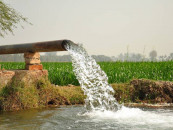
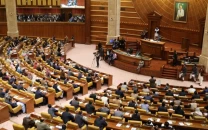

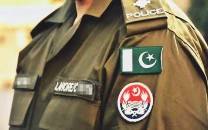

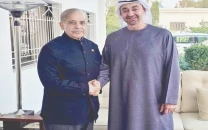




1726134115-0/BeFunk_-(41)1726134115-0-208x130.webp)






COMMENTS
Comments are moderated and generally will be posted if they are on-topic and not abusive.
For more information, please see our Comments FAQ